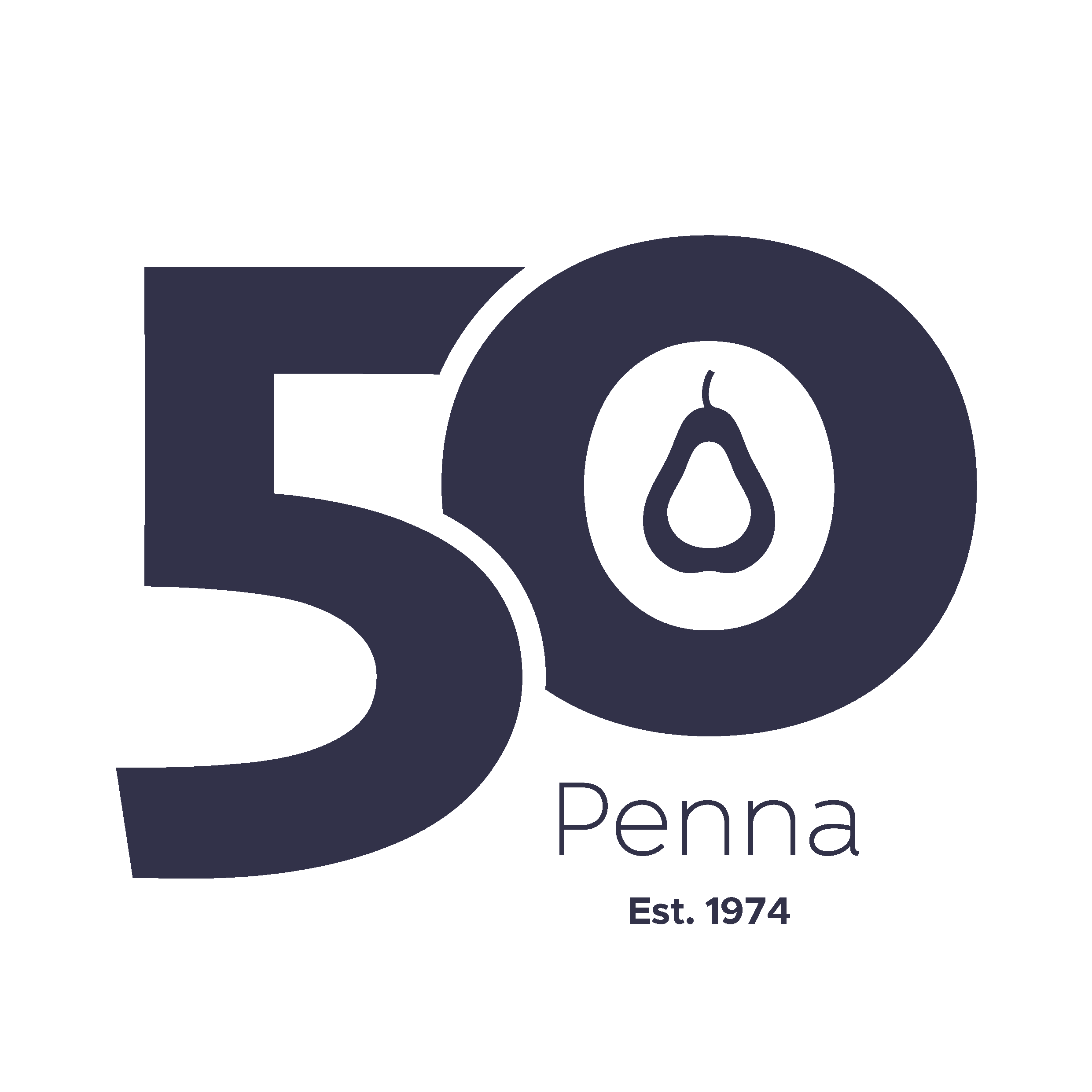Research
Portfolio Analysis
Our client’s undergraduate Computing applications for 2021 intake were significantly down year on year which was not typical of the sector or their immediate competitor set. They wanted to understand the reasons behind this downward trend and look at ways to make their Computing portfolio more appealing to prospective students.

What was the challenge
The project was to provide answers to a number of questions and mainly - how their UG computing portfolio compared to their immediate competitors in terms of being attractive and relevant to the key target market, how well their portfolio reflected the current and future requirements of industry and government strategy. Plus any other factors which may have contributed to low computing applications for September 2021.
What was our solution
We focused the project around four pillars: data, sector insights, competitor insights and student voice. We first analysed client’s internal course data and compared that to competitors UCAS application data. We utilised UCAS data to also determine the popularity of certain course titles and how they could better reflect requirements of the industry as well as serve as a differentiation point.
Desk research
We then carried out extensive desk research, looking at what employers look for in Computing subjects graduates, current government/sector strategy, and more generally the picture of Computing programmes in HE and how that translates to future job opportunities. Continuing with desk research, we examined competitors portfolio to evaluate where they outperformed, or had more to offer.
Qualitative research
Finally, we ran two focus groups so that we could fully explore the thoughts of students. We talked to two types of students – year 12 students who were considering studying Computing subjects and 1st year undergraduates studying Computing courses. In order to better understand the perspectives of students in both groups we asked them questions around motivations for studying a Computing degree, University course choices, external influences e.g. location, teachers, parents, university marketing, peer reviews etc as well as their media usage and habits.
Final research output
Introducing both types of research enabled us to find many commonalties between the intelligence we were uncovering via desk research and opinions and experience voiced by our youth panel.
The final output consisted of a research analysis report covering all of the above elements, with quotes from focus groups respondents to explain and evidence key points, as well as final recommendations supported by UCAS, Google Trends and our own data.
What were the results
The research delivered a number of vital findings - one of which was how attuned Universities were to industry developments and current student thinking. Competitor HEIs were actively looking at this rapidly developing and evolving industry. Our recommendations, therefore focused on quick wins in the form of adjustments to existing courses, marketing materials and student facing comms. We were also able to bring to the fore the aspects of the courses that proved to be very important to students' decision making process. Those elements were already there but needed to be given a lot more visibility to match students' expectations and satisfy their requirement for the best route to education and employment.
Earlier this year the Faculty were delighted to share with us that their total number of undergraduate applications was up by 11% year-on-year.
